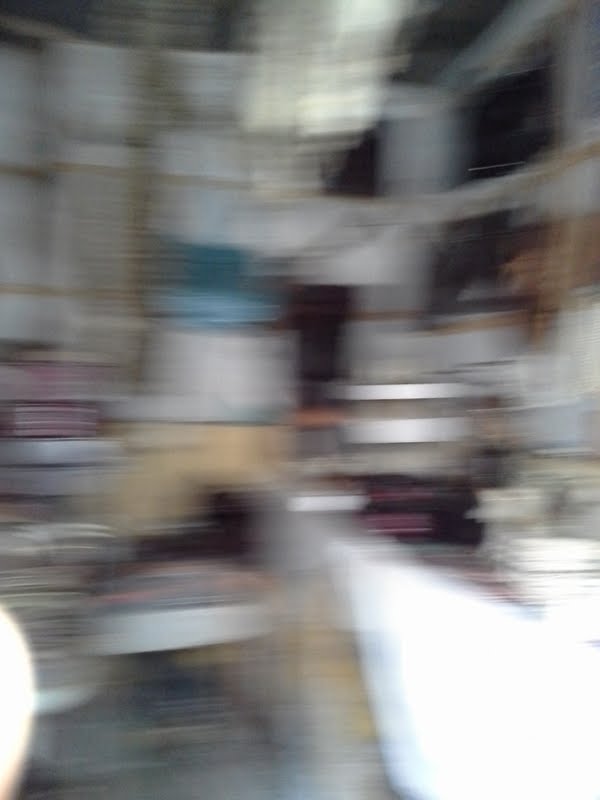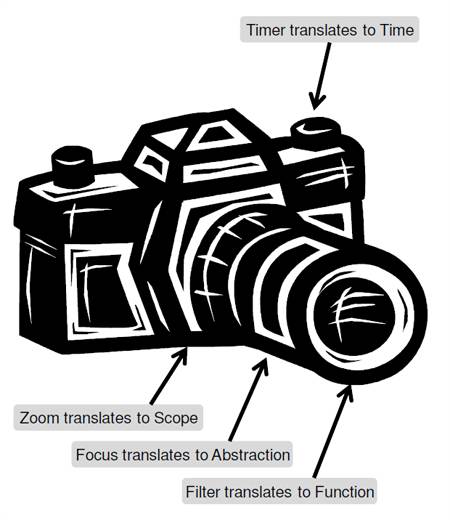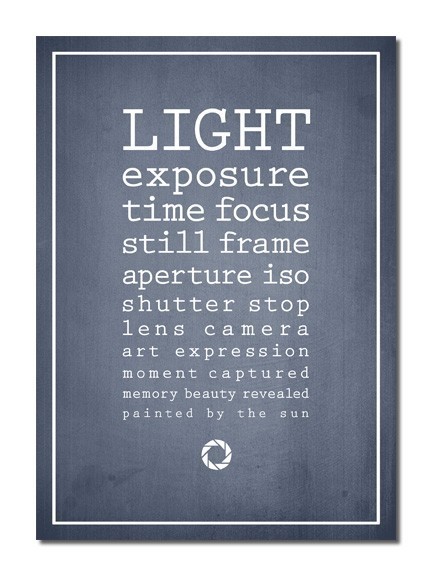I just want a digital camera.
Ready Set, Cheese!
Not so quick.

Whoosh! It happened so fast. The cute, little ring bearer dashing down the aisle in the opposite direction of the altar where the wedding couple stood.
So what you ask? Pause…
He had the rings tied to the pillow in his hands. It was so sudden and here was my point and shoot (compact) camera still acting like a confused automobile driver trying to replay the sequence of events leading up to the accident and in all of this struggling to focus.
Likewise, the ring bearers movements were so fleeting, my confused camera did not know what aspect to focus on and capture, so it is that such a Kodak moment remains only etched in my human mind.
Note to self. Time to shop for a camera that captures fleeting shots. Time to shop for a digital Single Lens Reflex (SLR) camera.

With so many options on the market, the terminology alone, megapixels, optical zoom, is enough to send me in the opposite direction. What should I be looking out for in making my selection of a digital SLR camera.
What to do?
Questions to ask when shopping for a digital SLR Camera.
Do I consider myself fresh and green or the expert when it comes to digital SLRs? For the greenhorn, it may be best to get something not too complicated.
What would be the Primary Use of the camera – Be as objective as possible in your assessment. Identify early in the game what the primary purpose of the DSLR camera would be and your preferred style(s) – Are you a Portrait, Action, Landscape, Macro, Planned, Low Light shots type of photographer or a little bit of some and more of others?
What’s your choice of lens? With a digital SLR camera, what you see through the lens for the most part is what you get. So what type should I get? Telephoto, macro, landscape lens? Remember you can use lens by the same camera manufacturer or a third-party manufacturer provided it is compatible with your brand of camera.
Does the camera allow me to swap lens? Yes. This gives the photograher versatility and the advantage of switching up their focus be it to macro shots or landscape or Action shots or more.
Depth of Field and Aperture — Depth of field is that part of the image that appears sharp in the image. Aperture relates to the amount of light allowed in to take a picture and defines the depth of field or area of focus of the photograph. Usually denoted as f/XX, for example an f/4.5 is a larger aperture than f/22.
The former gives a shallow(er) depth of field than the latter. Darren Rowse illustration in Introduction to Aperture in Digital Photography, shows a shot of a flower with petals and a protruding bud photographed with an aperture of f/4.5. The stem is in focus while the petals and surrounding background is blurred. With a larger aperture, there is a larger depth of field with more of the foreground and horizon of the shot in focus. See also shot of a floating cranberry by Veggie Belly.

Larger Aperture = Larger Depth of Field; Smaller Aperture = Smaller depth of field.
MegaPixels (MP) – refers to the size of a picture and pixels is the resolution of the camera sensor. The number of megapixels can determine the size photos you can print or the amount of cropping you can do. For snapshots, a lower megapixel camera for example 4-megapixel camera may suffice but for print poster-size images, 8-megapixels (or greater) is more suitable. The greater the pixels does not necessarily translate to better quality image.
Zoom – A camera with a focal length of 15-120 has an optical zoom of 8x (120/15). The zoom is the actual focal difference between the lenses widest to longest setting. Zoom makes shots appear much closer than they are which comes in handy with long range shots. The higher the optical zoom, the better.
Who reads the Manuals and Why? A page or more a day keeps the stress at bay. Why? Because, I am more likely to get the most value from my camera. It eases my frustration when things do not quite work out on the first few attempts.
What is my budget? Now given the outlined issues, I hope you are better positioned to match your needs up with your budget. In some cases, it may make better economic sense to buy a different lens as opposed to buying a newer model of camera.
Armed with the basic information, what is your judgment on the right choice of camera?

Quite informative. Thanks for sharing.
I like how every section is broken down and clearly explained. More photos would be nice to go along with the explanations. Well done!
I really like this blog, because I asked those same questions when I started and I found myself combing every website I could find to get those answers. Great job!